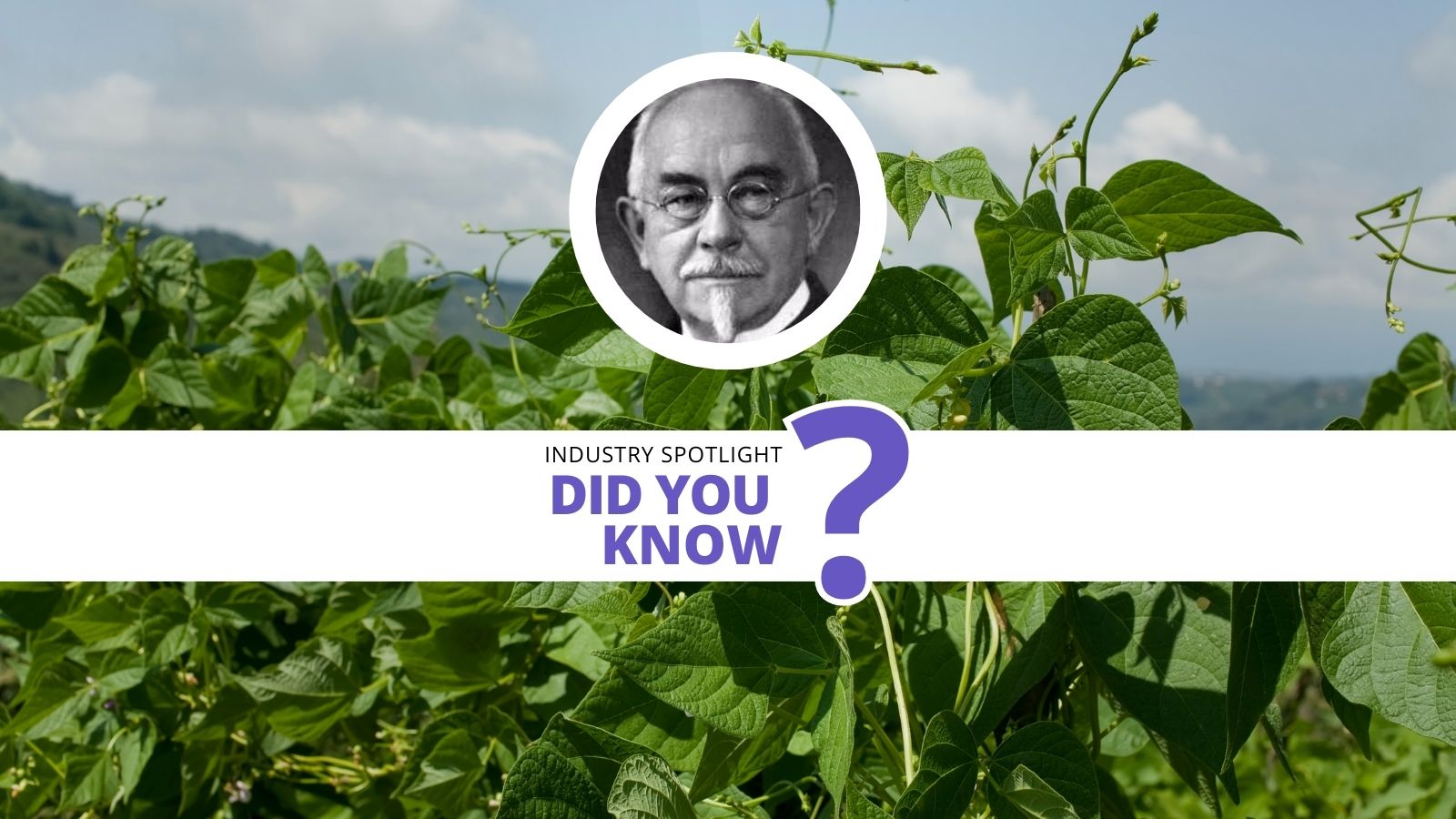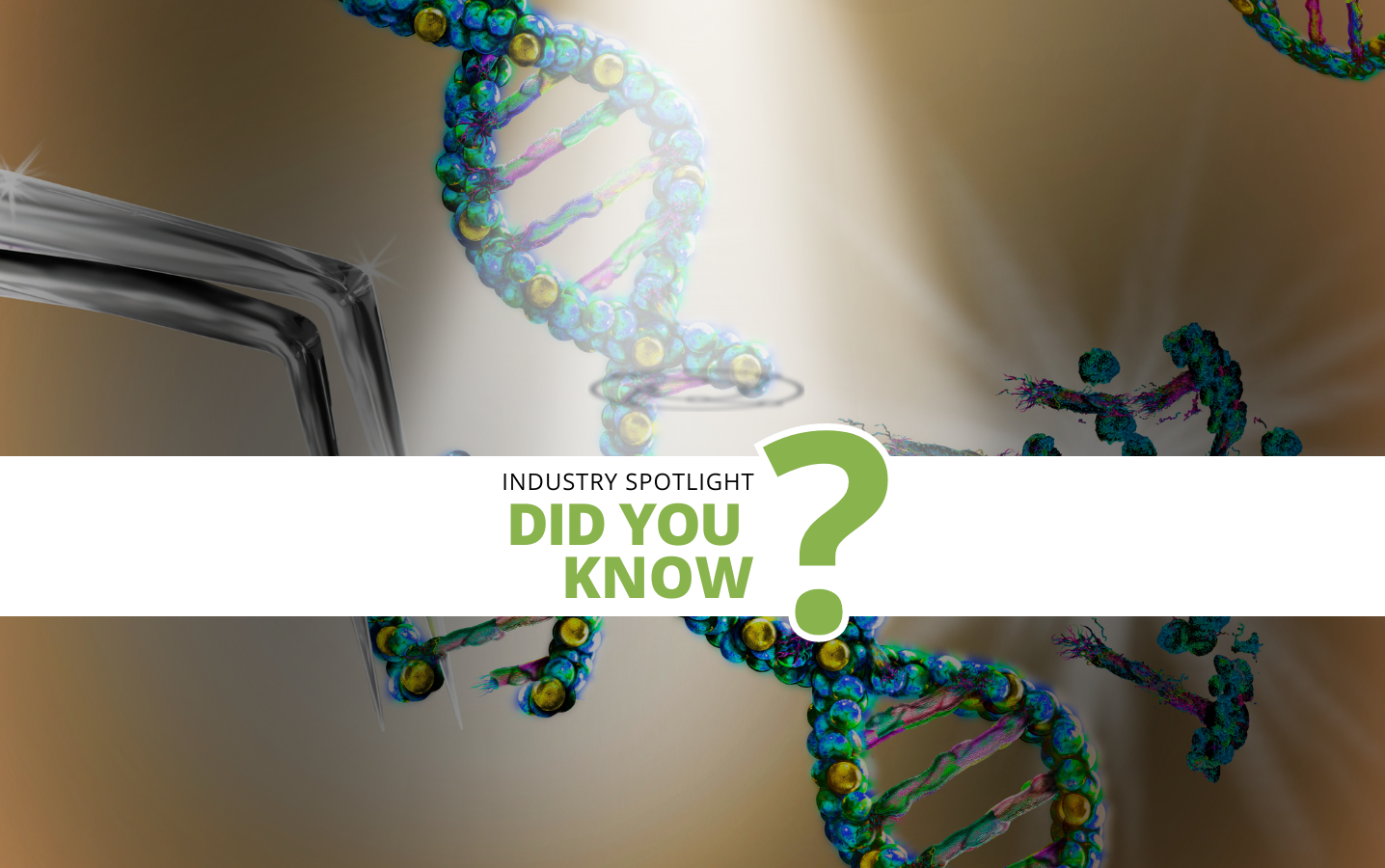Wilhelm Johannsen, Beans, and the Origins of Genotype and Phenotype

Wilhelm Johannsen, a Danish pharmacologist and botanist, coined the word ‘gene' in 1909 after investigating plant seed size.
Johannsen used the term to describe the Mendelian units of heredity observed in pure lines of the self-fertile common bean, with seed size following a normal distribution across homozygous and heterozygous populations.
He also drew a distinction between the outward appearance of an individual – its phenotype, and the genetic traits it carried as its genotype.
After working extensively in plant physiology, Johannsen devoted himself to experimental research in heredity, and became a leading authority in the subject.
In 1905, he demonstrated that he could produce large or small plants from beans of corresponding size.
From this, he concluded that although the plants differed in external characteristics – their phenotype – they still carried identical hereditary units, or a common preserved genotype.
Contravening Darwinism, and Arguing for Genotype and Phenotype
Johannsen's findings put him in opposition with many prominent Darwinists of the time, who avowed that the occurrence of trait variation in populations which followed a normative distribution was proof of gradual genetic variation on which selection could act.
Variation was established as being heritable in order to act as the raw material for selection.
- Cardiff University builds Lego 3D bioprinter capable of synthesising human skin
- Stem cell cultures in space: IPSCs to be manufactured on the ISS
- The history of gene knockout mice in disease modelling
William Bateson, an early geneticist and a supporter of Mendel's ideas, had used the word ‘genetics' in a letter four years prior, searching for a term to describe the study of heredity and inherited functions.
However, the term did not gain traction with researchers until Wilhem Johannsen suggested that the Mendelian factors of inheritance be called ‘genes'.
After coining the term ‘gene' in this context, Johannsen was invited to give an address before the American Society of Naturalists in December 1910, which was later printed in the American Naturalist.
Get your weekly dose of industry news and announcements here, or head over to our Cell portal to catch up with the latest advances in cellular therapies such as induced pluripotent stem cells.
Related Resources







